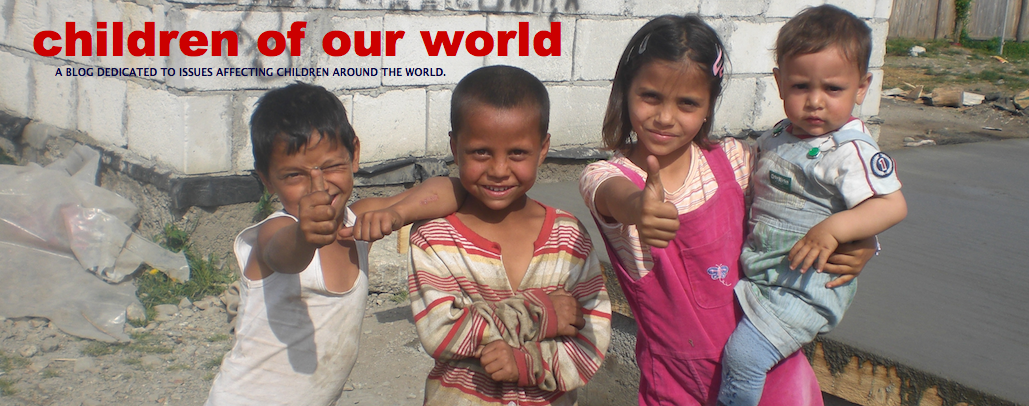"There is no more important mission for the Twenty-First Century,"said UN Secretary General, Ban Ki-moon, on strengthening the UN's engagement with youth. Youth 21 is a global initiative to support youth leadership. As part of the initiative, UNDP and UN-Habitat hosted a meeting from March 15-18 in Nairobi, with the goal of finding ways to better engage youth as leaders and decision-makers.
Why is there a Focus on this Now?
There is a growing number of young people in the world, with a large percentage of the global population being children and youth. This is known as a youth bulge. Here are some statistics from Ban Ki-Moon's message on Youth 21:
- Half of the world's people are under twenty-five years years of age.
- Nearly 90 % of these young people live in developing countries.
- In the next twenty years, as many as 60 % of all urban dwellers will be under eighteen.
You can watch the whole message here:
In January, Ban Ki-Moon announced that youth will be a focus for the next five years for the UN and that he would appoint a Special Advisor on youth. He says it is important to listen to young people's voices. The Youth 21 meeting was concerned with how this can happen.
Should the Youth Rebel Against Older Generations?
The answer is "Yes!" - according to former South African President, Thabo Mbeki. Whilst addressing the Youth 21 forum, Mbeki highlighted the fact that two thirds of Africa's population consists of youth and said:
"To ensure that [the youth] actually exercises the leadership everybody rhetorically accepts and proclaims is its due, the youth must organise and ready itself to rebel, so to speak!"
Another quote from Mbeki illustrates one of the problems young people have to overcome to take on leadership roles - the attitude of the older generations.
"It would obviously be unnatural that I, a member of the older generation, would easily and willingly accept that younger people, my own children, should, at best, sit side-by-side with me as co-leaders, fully empowered to help determine the future of our people."
Older generations will have to accept the need for change, in a world with 1.2 billion young people, so that youth can be able to participate in making important decisions that affect everyone.
Child and Youth Participation Benefits Everybody
Participation is so important that it is a guiding principle of the UN Convention on the Rights of the Child. (Participation Works gives a good overview about the right to participation here.) Governance systems across the world, at local, national and international levels, are structured so that young people's participation and leadership are very much constrained. Not only does the rest of the world need to listen to the voices of these young people, but they can benefit from it too. They can gain a deeper insight into the needs of the young and the children and youth can help provide solutions to the world's problems.
I recently found a great quote on the site of an organisation for students, aged 16-19, called Envision. One of their volunteers, Vikki, said:
"The young people really inspired me. It was so refreshing to have discussions with young people who have such strong ideals and convictions. When you listen to them tell you how we can make the world a better place, it makes you think there is still hope."
I can identify with this through my work with young people too. I was asked to speak at high schools in Argentina about the work of my organisation, Children's Helpers Worldwide, and the buzz of energy when I entered the classrooms was great, and so different to how it is entering a typical office! Young people can put their energy towards making the world a better place and solving its problems, if they can just have the opportunity to do this.
Although many probably agree that facilitating youth leadership is important, especially in a world where there are so many children and young people, it is essential that we do not just pay lip service to this idea, but actually take action to change the current systems. The Youth 21 initiative is a positive step in this process.










